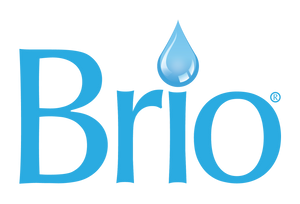Buying a home is scary, exciting, daunting...pick your adjective. But you’ve found your dream home, outbid the competitors, forked over the (gulp) down payment, and brought the inspector in, hoping they sign off on everything.
You’re covering all your bases because you don’t want any surprises once you’re the official owner. But of all the things on the to-do list, having your future home’s water quality tested probably doesn’t rank high on it, or at all. But depending on where you’re buying, it might be a good idea.
The headlines have been filled with horror stories about lead and other contaminants that have found their way into drinking water due to failures on the part of the municipality delivering it.
However, even if you have full confidence in the entity that’s providing your water (and you should; the U.S.A. has some of the safest water in the world), that entity doesn’t have dominion over the pipe that runs from its water main into your home. Nor does it have oversight of the quality of your home’s pipes and fixtures.
Also consider the water’s alkalinity or lack thereof. Low pH or "acidic" water can cause contaminants like lead and copper to leach from pipes and faucets into water. High pH or "hard" water, on the other hand, may result in the infamous white scale that encrusts the faucets, shower heads, and the bottom of water heaters of many homes.
And don’t forget climate change. Just because the water quality is great now, doesn’t mean it will stay that way. Depleted aquifers and low reservoirs intensify contaminants, which means your municipal system is going to have to work that much harder getting them out.
Acquaint yourself with where your future home’s water comes from. Aquifer? River? Lake? Reservoir? Mountains? All of the aforementioned? Keep an eye out for any red flags. If you see enough of them, you may want to tap the brakes on that home purchase.
The good news is that even if you bought your dream home only to find out too late that there are problems with the water, there are easy solutions.
Putting in a good filtration system, either point-of-use or point-of-entry, will remove a majority of the contaminants in your water regardless of where the contaminants enter the system.
A point-of-use system (water cooler, undersink filtration) will specifically target the water you drink and/or cook with, and a point-of-entry system (whole-house filtration) will filter all the water that enters your home, including the water you bathe in and wash clothes with.
Brio offers both bottleless coolers and undersink filtration systems. Not only do these sleek, modern units provide exceptional water filtration, but they also beat lugging in heavy water bottles week after week!
It's a comfort to know you always have control over the quality of your water.




